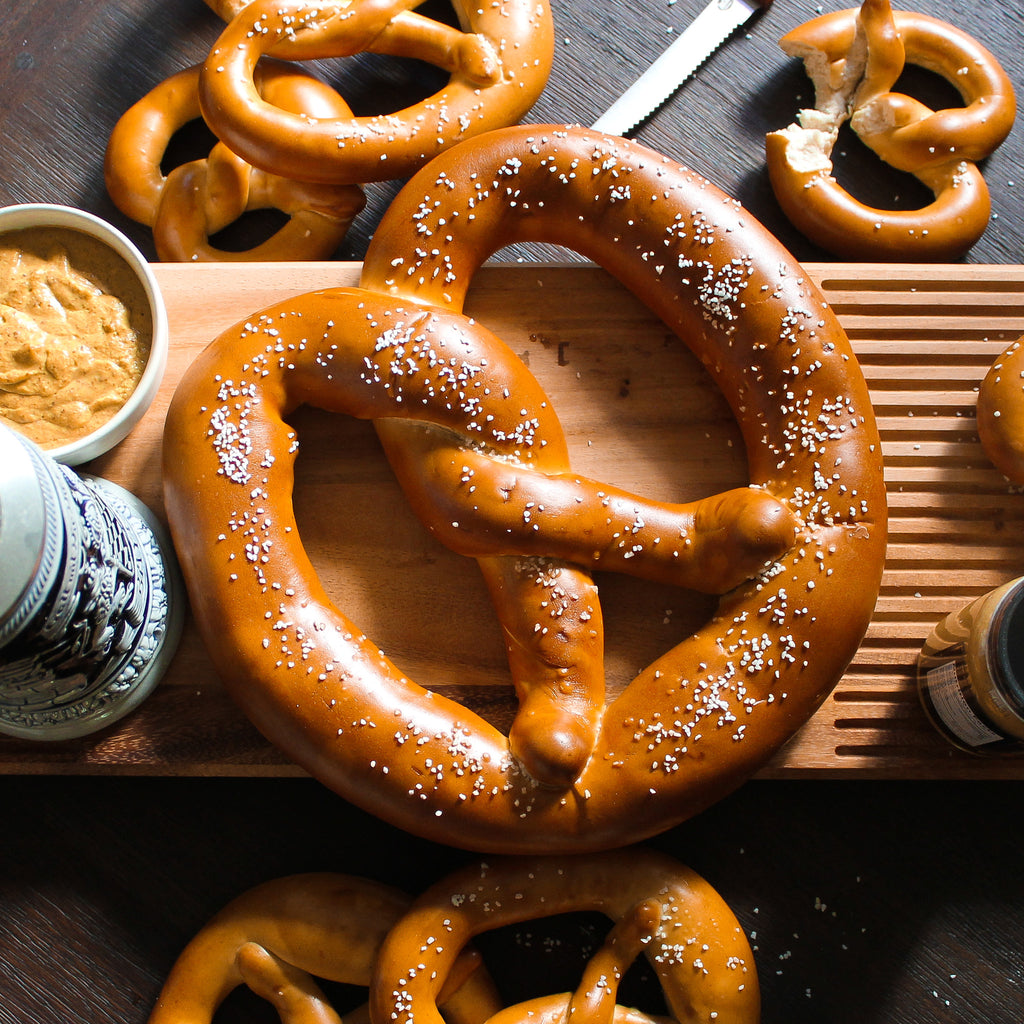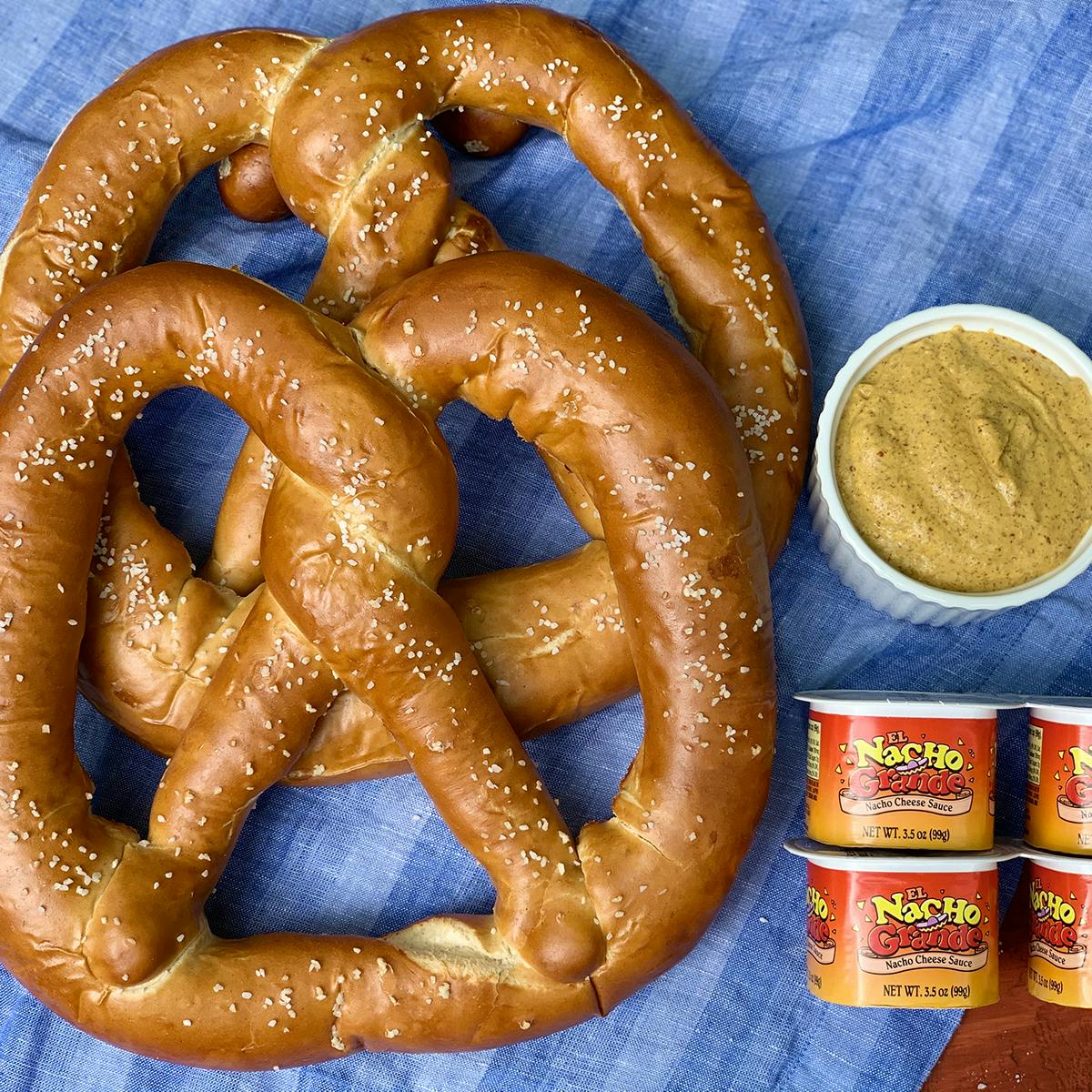

She doesn't even use real lye, she just puts in massive amounts of baking soda to make a stronger solution. My mom always told me that lye was what made a German pretzel different from an American pretzel, but that doesn't necessarily seem to be the case. Those are the small amino acids that then combine with sugars in the dip to create the flavor compounds at the pretzel's crust. Dipping dough in lye alters the ratio between sugar and protein, because lye breaks proteins present in the dough into smaller bits. In the case of the pretzel, the Maillard reaction is responsible for the deep brown crust, crunchy arms and distinctive taste.Īt its most basic, the Maillard process is a heat-activated reaction between small sugars and amino acids. The Maillard process is integral to all bread baking - it shapes the way the crust forms and tastes. That's because the alkaline lye bath affects the way the Maillard reaction plays out when the pretzel bakes, says Bread Science author Emily Buehler. "If you let it go into the oven white, it'll come out of the oven white." "If you don't put a browning agent on the product, the pretzel is white," says Tony Tonelli, owner of Center City Soft Pretzel Co. The shop is named after his German hometown. It can even dissolve glass.īut it's also what makes a good pretzel, says Wolfgang Büchler, owner of the Heidelberg Pastry Shoppe in Arlington, Va. Lye, also known as sodium hydroxide, is essentially the same stuff that's used to make soap and clean drains. Traditional Bavarian pretzels are dipped in a lye solution before they are baked. That's because that bath was actually a caustic alkaline solution.

I helped dip the pretzels into something bubbling in the pot on the stove, careful not to touch the rolls after they were out of the bath. I liked to put my hand on the risen dough and pat it like a warm, soft belly. aren't like what she was used to in Germany, and if she's going to be hosting a backyard Oktoberfest, her food should be authentic.Īs a kid I watched the flour, yeast and salt whirl together in a food processor until suddenly congealing into a sticky ball. Seen as a symbol of good luck, prosperity and spiritual fulfillment, pretzels were also commonly distributed to the poor, as a way of providing them with both spiritual and literal sustenance.Bavarian pretzels baked at the Goetz bakery in Taufkirchen, Germany, for the Oktoberfest beer festival.Īs Oktoberfest starts in Munich every September, my mom starts making pretzels in Michigan. Whatever they may have been called, the popularity of these twisty treats spread across Europe during the Middle Ages. Some say they were originally called “bracellae,” the Latin term for “little arms,” from which Germans later derived the word “bretzel.” According to others, the earliest pretzels were dubbed “pretiolas,” meaning “little rewards,” and handed out by the monks when their young pupils recited their prayers correctly. The first pretzels were baked as a soft, squishy bread, like the soft pretzels of today. Pretzels, made of a simple mixture of water, flour and salt, were an ideal food to consume during Lent, when all types of meat, dairy and eggs were prohibited. In the seventh century, the church dictated stricter rules governing fasting and abstinence during Lent than it does today. The Catholic Church played a leading role in the early history of the pretzel.


 0 kommentar(er)
0 kommentar(er)
